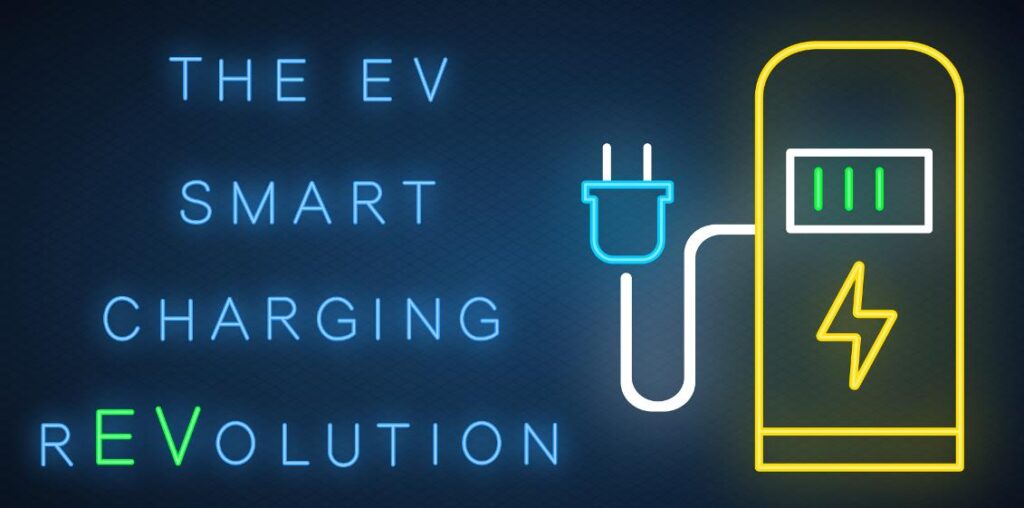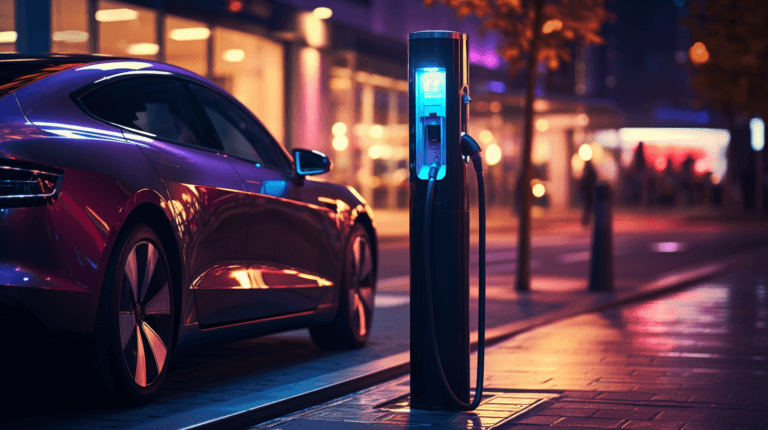Potential Boons and Pitfalls to the New Public Charge Point Regulations
The UK government’s recently unveiled New Public Charge Point Regulations, a directive that insists on a 99% dependability ratio and live status information for the nation’s electric vehicle (EV) smart charging infrastructure.
This impending policy, designed to tackle industry-wide challenges while championing EV usage, is an interesting development.
Let’s look at the nuances of the new law and examine the potential boons and pitfalls from the vantage points of both consumers and industry insiders.

UK’s New Public Charge Point Regulations - Pros and Cons List
- Currently, reliability is the major concern; enforcing this should certainly help accelerate EV adoption, irrespective of other factors.
- The 8KW benchmark for touchless payments implies that although 7KW destination chargers will continue to be troublesome for consumers, this shouldn’t add financial burdens for the industry.
- If an app is used, customers ideally need just one. However, the policy only vaguely suggests third-party payments without mandating a single application.
- Demonstrating the cost per KWh through some method enhances transparency. However, a greater regulatory hold on charging rates is necessary (e.g., EV charging should always be more cost-efficient than petrol per kilometre).
- As crucial as displaying KWh costs is, the certification of chargers to perform at advertised rates and offering real-time information on charging rate restrictions at specific stations (to allow drivers to select a superior alternative), are equally important. This is due to the substantial repercussions of failed charging expectations.
- Fining companies for not meeting requirements could stifle the market. Preferably, sanctioned third-party maintenance firms (potentially nationalised) should be sponsored by charging firms for non-performing chargers. This ensures a dependable service for users, and encourages companies to deliver the same.
- Round-the-clock customer support is essential for all charging points, as most are unmanned. Pooling resources for client assistance would be a more practical use of resources, albeit with potential training hurdles.
- The absence of earlier, clear guidance is a government oversight that could have saved EV charging companies substantial costs. Hence, governmental financing is both applauded and deemed necessary.
Now that we’ve outlined the main benefits and challenges of the UK’s New Public Charge Point Regulations, let’s get into the details.
Boosting Dependability and User-Friendly Design
The principal advantage of the new regulation lies in its focus on reliability.
The demanded 99% dependability ratio grants EV drivers an enhanced charging experience, fostering increased trust in EV usage. Alleviating range anxiety, a primary hurdle for prospective EV buyers, is paramount.
The 8KW limit for touchless payments, however, means the ongoing annoyance for drivers using 7KW destination chargers persists.
Nevertheless, these lower industry costs could lead to more cost-effective charging choices, further enticing the switch to electric vehicles.
Streamlining the User Journey
The requirement for consumers to juggle multiple charging apps instead of a single, streamlined solution raises eyebrows.
The regulations should address this, ensuring a more straightforward and convenient charging procedure for EV drivers.
Despite the new rules suggesting third-party payments, there’s no explicit stipulation for a single application to streamline user experiences.
Transparent Pricing and Charging Rates
To cultivate trust and honesty, the new regulations recommend showcasing the cost per kilowatt-hour (kWh) for charging.
At Versinetic, we laud this initiative as it empowers users to make informed decisions and guarantees pricing transparency.
However, charging rates should always remain competitive with or cheaper than traditional petrol costs per kilometre, ensuring that EVs remain an economical choice for consumers.
Certification and Live Data
The certification of chargers to perform at advertised rates is equally crucial.
Coupled with live data on charging rates, it aids drivers in selecting the best charging station.
If drivers can access up-to-the-minute data on charging restrictions at particular locations, they can make informed decisions, saving time and reducing frustration.
This feature would augment the overall user experience.
Quality Service Assurance
Instead of penalties for companies failing to meet requirements, an alternative solution is the establishment of accredited, perhaps even nationalised, third-party maintenance companies.
Charging companies would sponsor these entities, ensuring users receive a reliable and efficient service, and incentivising companies to uphold high standards.
24/7 Customer Support
Considering most charging points are unmanned, accessible customer support is essential.
Resources could be pooled for 24/7 customer support to maximise efficiency and provide timely assistance for users.
Though training could pose a challenge, comprehensive customer support would contribute to a seamless charging experience and further boost user confidence.
Governmental Responsibility and Funding
Clear directives from the government are critical. The onus is on the government to conserve funds for charging companies by circumventing ambiguity and issuing clearer guidance.
Government funding is both appreciated and crucial to facilitate the implementation of the new regulations and nurture a robust charging infrastructure nationwide.
The impending regulation of the electric vehicle charging network by the UK government is a substantial step towards improving reliability, convenience, and the user experience.
By insisting on a 99% reliability ratio and real-time status updates, the regulations tackle key industry concerns and stimulate broader EV adoption.
Although potential obstacles and areas for enhancement have been highlighted, the overall influence of these regulations is anticipated to be favourable, spurring the development of a reliable and user-friendly EV charging network nationwide.
UK's New Public Charge Point Regulations - Recap
Britain’s move to fortify its EV charging network is a noteworthy stride in the pursuit of a green future.
While some of the new directives might be questionable, it is vital to understand that they are all underpinned by an essential drive towards making EVs more accessible, reliable, and user-friendly.
This will ultimately accelerate our journey towards a sustainable transport landscape.
The new regulations have significant potential for alleviating the widespread ‘range anxiety’ among prospective EV users.
With the 99% reliability directive, coupled with real-time status updates, drivers can plan their journeys with greater confidence.
It’s an assuring nudge that, despite teething issues, the UK is on the right track in making EVs a practicable choice for all.
There’s no denying that these regulations will influence the evolution of the EV charging infrastructure.
And though there are challenges to face and questions to address – the need for a more streamlined user experience and pricing transparency, for instance – these are hurdles that we, as an industry, are more than capable of overcoming.
It’s clear that collaboration is key. From government bodies to EV infrastructure providers, down to every individual driver, we all have a part to play in ensuring the effectiveness of these new regulations.
The road ahead may be intricate, but it’s a journey that promises a future of sustainable mobility.
This uncharted territory that the UK’s EV charging infrastructure is now embarking on may be complex, but it’s ripe with opportunities.
With these new regulations acting as our compass, we’re steering towards a future where EVs are not just a niche segment but a mainstream choice for the many, not the few.
On this promising note, we can affirm that while the landscape of EV charging in the UK is set for some significant shifts, it’s a journey we’re ready to take – together.
As these regulations unfold and the industry adapts, the aspiration remains unchanged: a more dependable, user-friendly, and robust EV charging infrastructure that propels us into a greener future.
A version of this article first appeared in Fleet World

Author - Julian Skidmore
The columnist behind the EV Smart Charging rEVolution Column is Julian Skidmore.
He is a Senior Firmware Engineer at Versinetic, working on EV charging and V2G projects, and has co-authored EV-related articles for the electronics industry press.
He has a Computer Science degree from UEA and an MPhil in Computer Architecture from Manchester University as well as over 20 years’ experience in embedded systems development.
Julian is a proponent of the zero-carbon society and a Guardian News ‘climate hero’. He has owned a Battery EV for over two years; has investments in wind farm cooperatives and has a 4KW domestic Solar PV installation.



